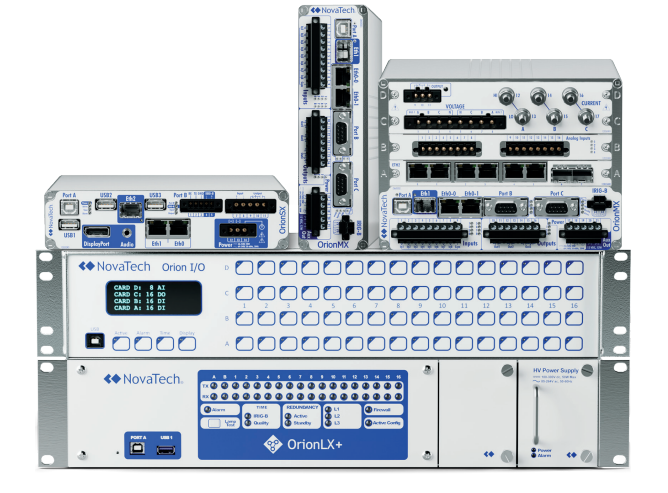RTU/Gateway and HMI
RTU/Gateway
Remote Terminal Units (RTUs) and gateways are essential components in substation automation, enabling communication between field devices and control centres. They play a vital role in monitoring, control, and data exchange across electrical networks.

Types and Products:
- RTUs – programmable devices used to collect data from sensors, meters, and protection relays. They process and transmit this data to SCADA systems for real-time monitoring and control.
- Data Concentrators – these units aggregate information from multiple field devices, normalize it, and forward it to higher-level systems. They are ideal from substations with numerous IEDs and sensors.
- Protocol Gateways – convert between different communication protocols, allowing legacy systems to interface with modern digital infrastructure. This ensures seamless integration across diverse equipment.
- Communication Servers – manage data flow between substations and control centres. They support remote configuration, redundancy, and secure communication.
Key Features:
- Support for IEC 61850, DNP3, Modbus, and more
- Cybersecure communication
- Data concentration and protocol conversion
- Integration with SCADA, EMS, and cloud platforms
HMIs
Human-Machine Interfaces (HMIs) provide operators with graphical interface to monitor and control substation equipment. They are critical for real-time decision-making and situational awareness.

Functions:
- Visualize electrical parameters and alarms
- Control breakers, switches, and relays
- Display historical trends and event logs
- Interface with SCADA and RTUs
Types:
- Embedded HMIs – built into IEDs or RTUs
- Standalone HMIs – industrial PCs or touch panels
- Web-based HMIs – accessible via browsers for remote monitoring
Benefits:
- Enhanced operational efficiency
- Reduced response time to faults
- Improved safety and situational awareness



